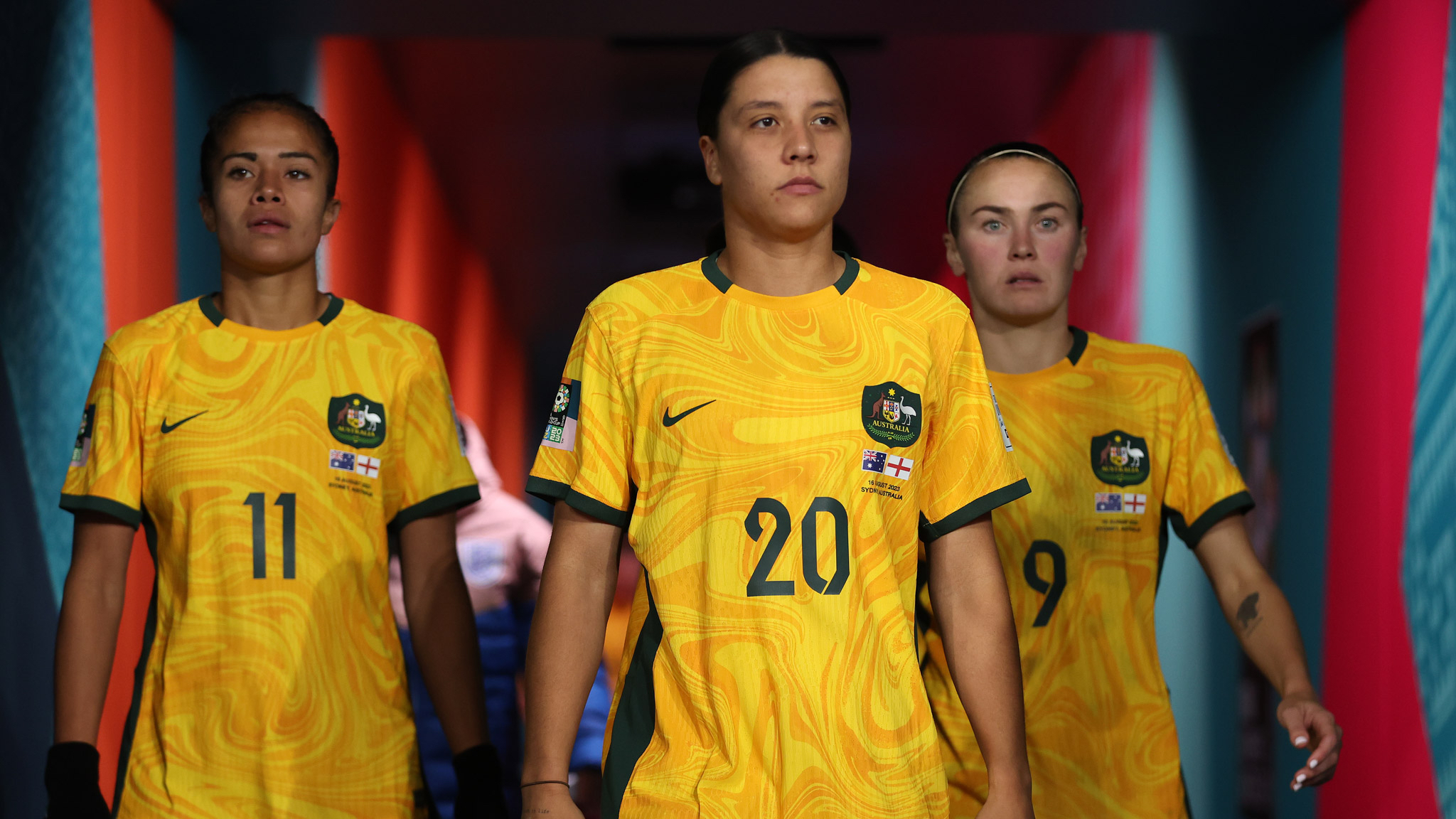
Spain won the World Cup for the first time ever, but the 2023 edition will go down in history for a magnitude of other broken records.
There is not a single doubt that this year’s edition was the best Women’s World Cup thus far. So, it does not come as a surprise that there were multiple records broken as a result of this.
Individuals made history, as did nations. Not to mention, the overall growth of the tournament is one to marvel over. The quality of football these women showed the world was a bold statement to change the status quo and open the eyes of people. Let’s break down the long list of history-defining moments, good and bad.
Individual records
- Salma Paralluelo is the first player ever across men’s and women’s football to be a champion at U-17, U-20 and senior level after Spain’s win. She won FIFA WWC 2023, FIFA U-20 WWC 2022 and FIFA U-17 WWC 2018.
- Casey Phair of South Korea broke the record for the youngest player to play in the tournament. She was 16 years and 27 days old on the 25th of July on the day of the match of South Korea against Morocco.
- Vanina Correa of Argentina broke the record for the oldest goalkeeper ever playing in the competition. She was 39 years, 11 months and 20 days on the day of Argentina’s last match against Sweden.
- Canada’s Christine Sinclair extended her record as the captain with the most World Cup tournaments under her belt. She’s played in five including this year’s competition.
- England’s Mary Earps’ penalty save saw her become only the second goalkeeper, men’s or women’s, to save a penalty in regular time during a World Cup final.
- Nouhaila Benzina from Morocco was the first Muslim woman wearing a hijab to play at the World Cup.
Team records
USA
- USA joined Germany as the only defending champion to not get past the quarter-finals.
- The USA failed to make it to the Round of 16, making them the first defending champion to do so.
- They extended their record for the total number of wins (41) as well as the most goals scored (142).
- They also extended their record for most consecutive wins (13) and most consecutive matches without a loss (21) in the World Cup.
Spain
- For the first time in their history, Spain made it into the finals and ultimately won the 2023 edition.
- The nation was the first to hoist the trophy at the senior, under-20 and under-17 levels with their women’s team within the same year.
- Spain was the first European nation since 2007 to win the World Cup.
- Spain has become the second nation to win both the women’s and men’s World Cup since Germany in the 2003 edition.
England
- England made it to the finals for the first time in their history. It’s only the second time any England team has reached the final since 1966 when England won the tournament as the hosts.
- Their final game against Spain was the UK’s most-watched women’s match, with an average of 13.3 million TV viewers.
Australia & New Zeeland
- The two nations, Australia and New Zealand jointly hosted the tournament. It was the first ever FIFA Women’s World Cup with more than one host nation, as well as the first World Cup to be held across multiple confederations.
- Australia finished fourth after a brilliant run in the tournament. This marked the highest-ever finish of any Australian soccer team at senior level.
- New Zealand surpassed China, Sweden, Germany, Canada and France, as the hosts with the worst finishes, by being the first to not to make it out of the group stages.
- The quarter-final match between Australia and France saw the longest penalty shootout in the history of any World Cup, with 20 total kicks.
- The semi-finals between Australia and England had an extraordinary viewership of over 7 million Australians on free-to-air TV.
Sweden
- Sweden now has the most bronze medals in the FIFA Women’s World Cup, with 4. In total, they have 4 bronze medals and 1 silver medal. They are yet to win the gold.
Morocco
- Morocco became the first Arab country to qualify for the Women’s World Cup. Subsequently, they made it into the knockout stages.
Overall records
- This year’s edition was the first to feature an expanded format of 32 teams, replicating the format used for the men’s World Cup from 1998 to 2022. The one used previously consisted of 24 teams. 20 out of the 32 nations that qualified for the 2023 FIFA Women’s World had competed at the previous tournament in 2019. Haiti, Morocco, Panama, the Philippines, Portugal, the Republic of Ireland, Vietnam and Zambia made their debuts at this year’s edition. Africa had four representatives for the first time in the competition’s history.
- South Africa and Morocco qualified for the knockout stages of the World Cup for the first time ever. Along with Nigeria, it was the first time three African sides advanced to the knockout stages. After Europe which had eight different nations reach the knockout stage, Africa was the next best-represented continent.
- This year’s Women’s World Cup subsequently became the most attended women’s sporting event ever. The attendance was at an astonishing 1.978 million, surpassing the record previously held by the 2019 Women’s World Cup in France that was attended by 1.131 million people.
- The Women’s World Cup finale was contested by two teams that had never before lifted the trophy, let alone reached a final.
- For the first time in Women’s World Cup history, the semi-finalists consisted of four nations that had never before been crowned World Cup Champions.
Some of the data courtesy of http://ActionNetwork.com
Related

Featured Articles
-


College Football
/ 10 hours agoNFL Draft 2024 Scouting Report: Adisa Isaac, Edge, Penn State – Baltimore Ravens
Drafted by: Baltimore Ravens Height: 6’4” Weight: 247 Arm Length: 33 ⅞ ...
-


College Football
/ 10 hours agoNFL Draft 2024 Scouting Report: Brandon Dorlus, DL, Oregon – Atlanta Falcons
Drafted by: Atlanta Falcons Height: 6’3” Weight: 283 Arm Length: 33 ¼ ...
-


College Football
/ 10 hours agoNFL Draft 2024 Scouting Report: Brennan Jackson, Edge, Washington State – LA Rams
Drafted by: LA Rams Height: 6’4” Weight: 264 Arm Length: 32 ¾ ...
-
•••
/ 10 hours agoNFL Draft 2024 Scouting Report: Jaden Hicks, S, Washington State
Image: Washington State University Athletics Height: 6’2” Weight: 211 Arm Length: 31 ½ ...





